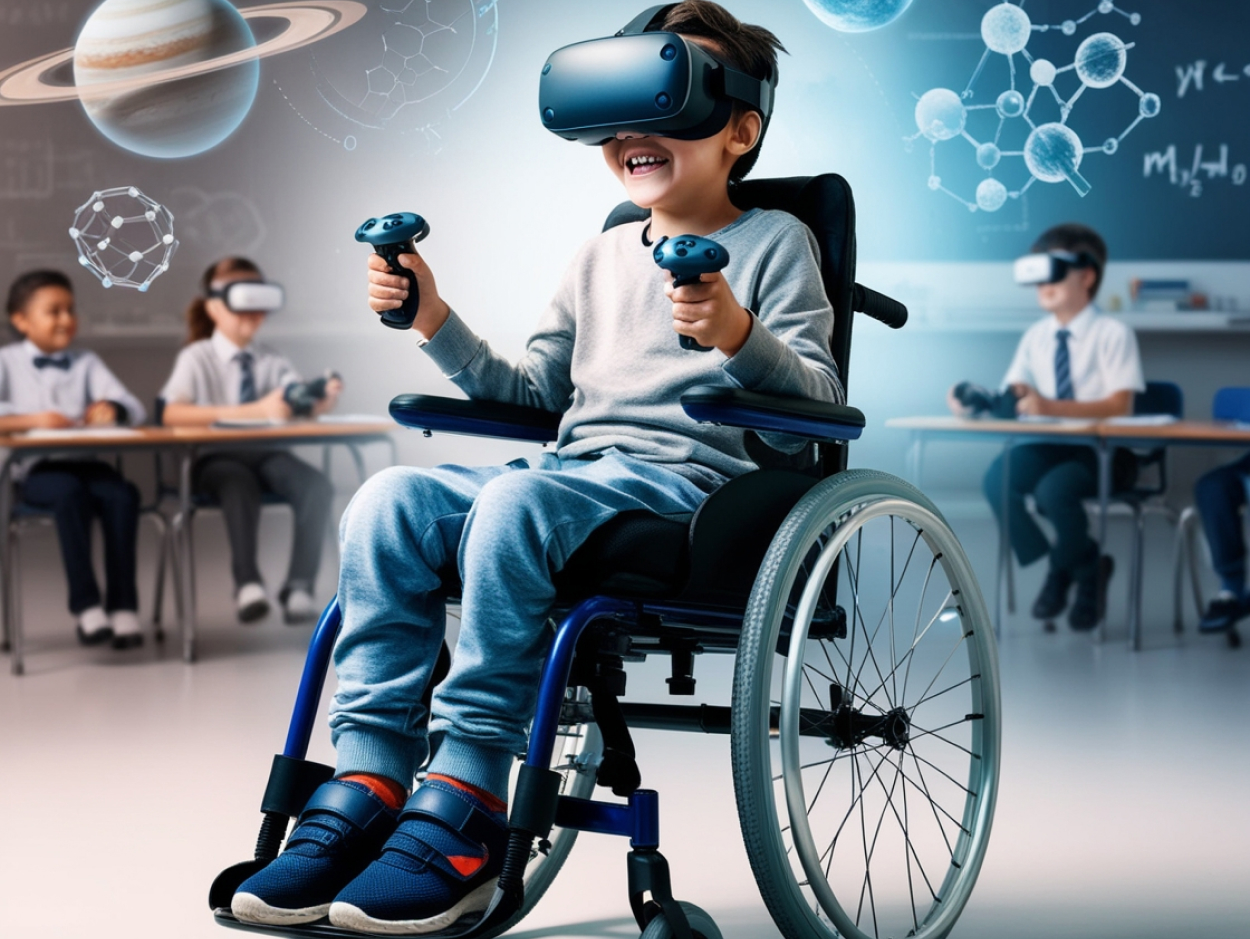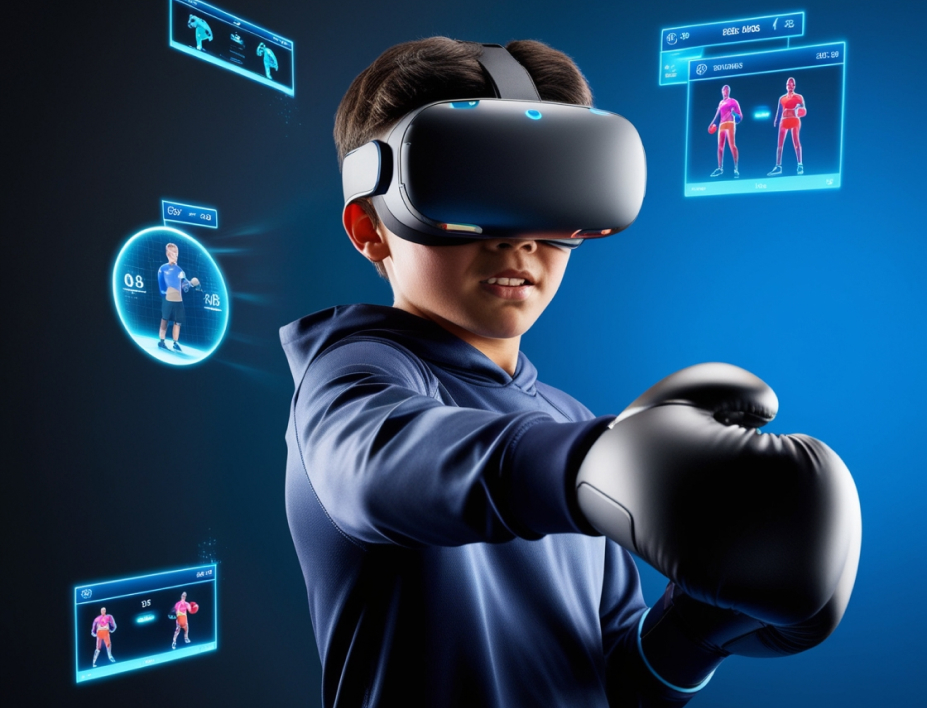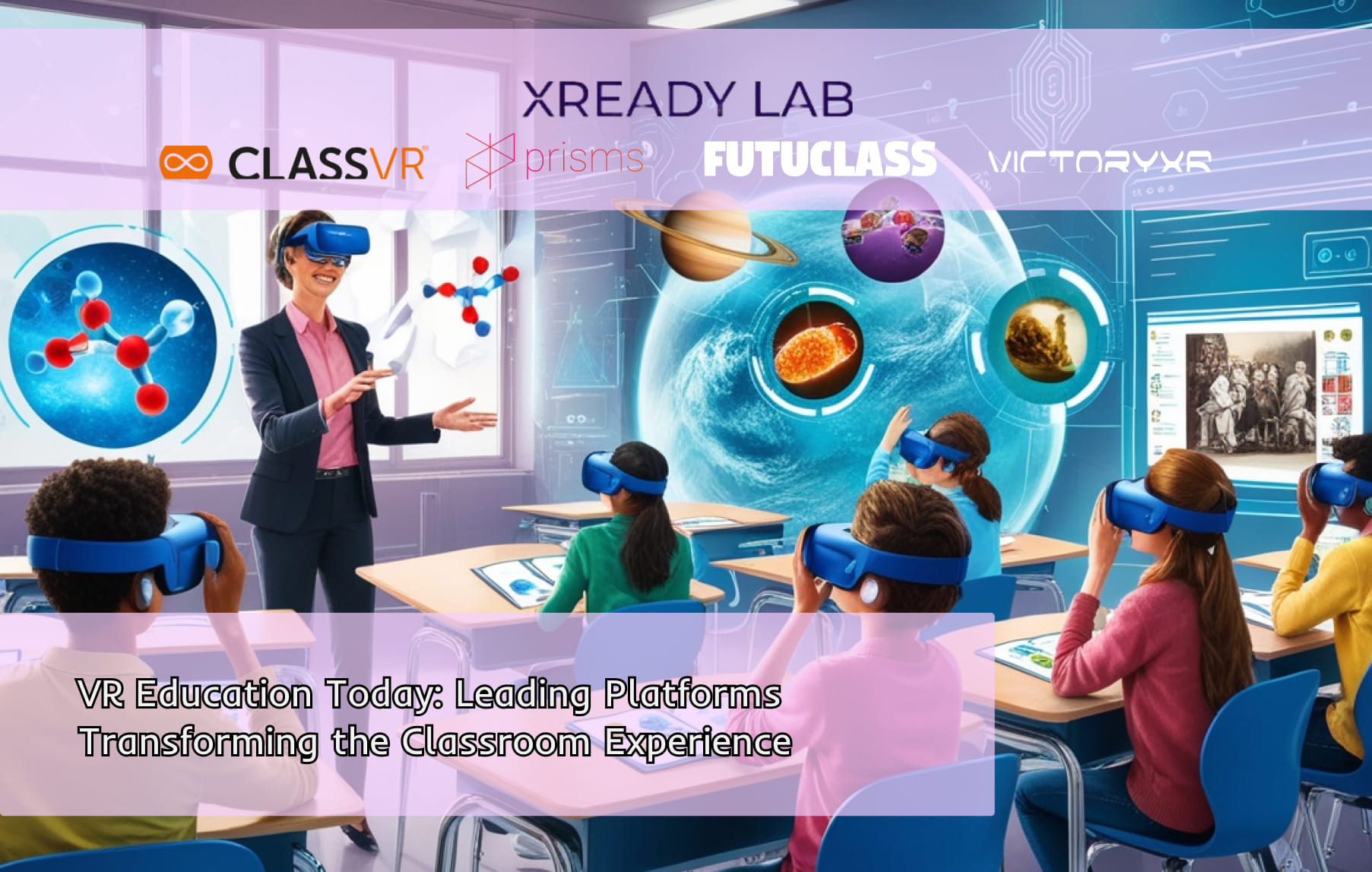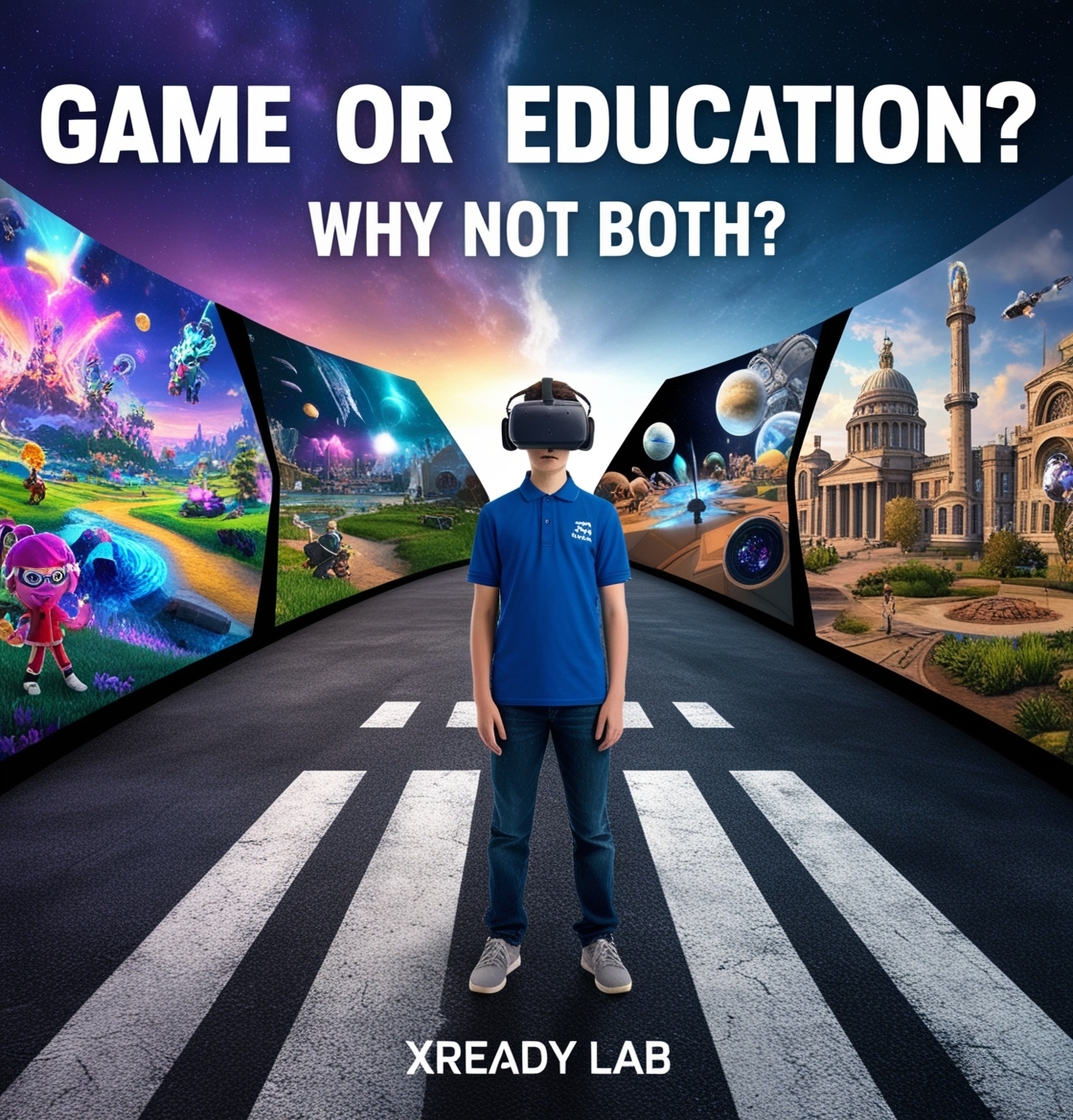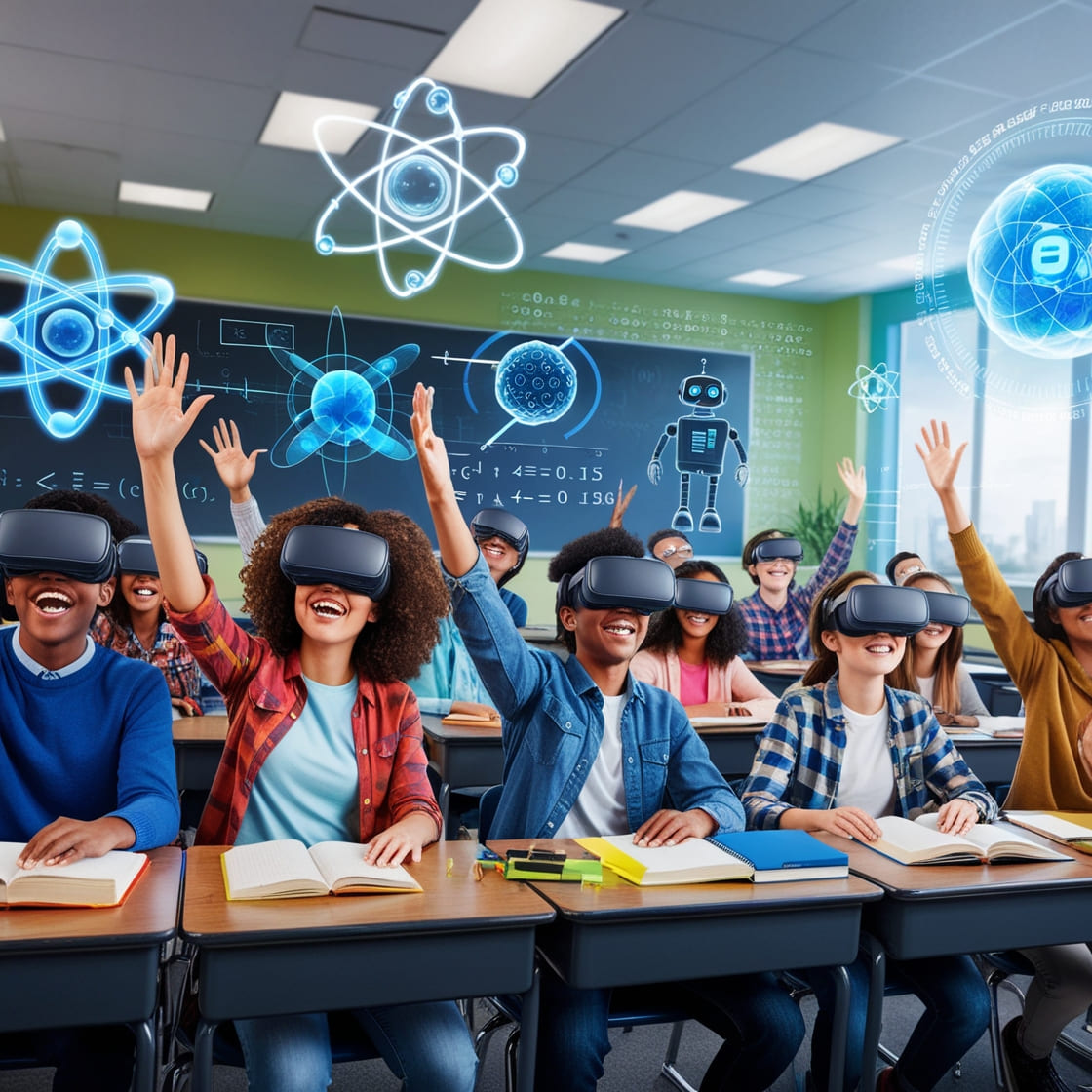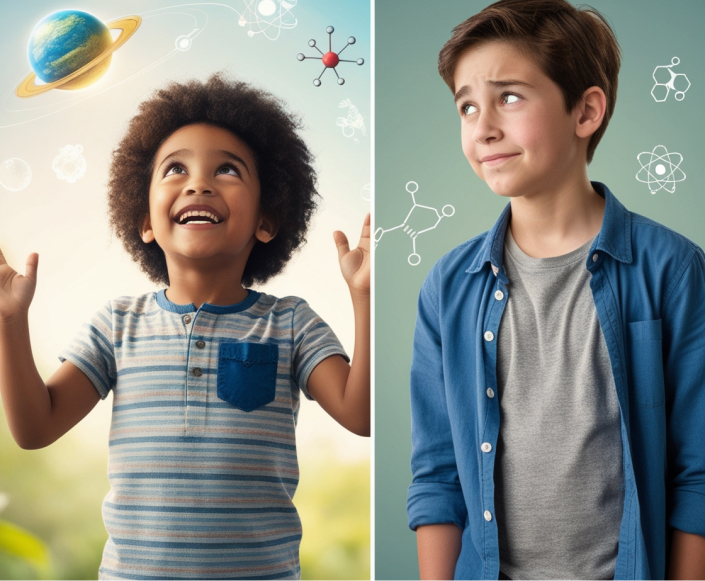
All children are naturally curious about the world around them. They ask endless questions like, "Why is the sky blue?" "Why does the sun rise and set?" "Why doesn't a ship sink?" or "How does Wi-Fi work?" This innate curiosity is the foundation of learning and is especially important in STEM subjects—Science, Technology, Engineering, and Mathematics. These fields are crucial for the future well-being of our world, impacting health, technology, and the environment.
However, as children grow older, especially during middle school, there's a noticeable decline in their interest in STEM. Many governments and organizations are concerned that not enough young people are choosing to study STEM subjects after the age of 16. This raises the question: What happens as they grow up that diminishes their love for science and technology?
Understanding the Decline
This isn't a new problem. Researchers have been studying the difference in science achievement between younger and older students for many years. While countless studies have explored this issue from various angles, we'll focus on two significant sources that shed light on this trend.
A Systematic Review of Studies
The first source is a comprehensive review from 2012 that analyzed over 200 studies conducted across different countries and time periods. This review aimed to understand students' attitudes toward STEM subjects and how these attitudes change over time. The findings suggest that while young children are enthusiastic about science due to its interactive and hands-on nature, this enthusiasm wanes as they get older and the curriculum becomes more abstract and less engaging. Read the review here.
TIMSS International Assessment
The second source is the Trends in International Mathematics and Science Study (TIMSS), an international assessment conducted every four years. Although the latest results from 2023 are not yet available, the 2019 report provides valuable insights. According to the report:
In the fourth grade, 52% of students very much like science, compared to only 35% in the eighth grade.
Confidence in science also drops, with 38% of fourth graders feeling very confident, compared to just 23% of eighth graders.
Alarmingly, 22% of eighth-grade students reported that they do not value science.
These statistics highlight a significant decline in interest and confidence in science as students progress through school. Learn more here.
Reasons Behind the Decline
Several factors contribute to this drop in interest:
Abstract Concepts: High school science often involves abstract ideas that can't be easily observed or touched, making it harder for students to relate.
Teaching Methods: Younger students benefit from interactive classroom activities and hands-on learning. As they get older, lessons tend to become more lecture-based, with less opportunity for exploration.
Curriculum Complexity: The curriculum becomes more challenging, and without engaging teaching methods, students may feel overwhelmed or disconnected.
Lack of Real-World Connection: Students may not see how STEM subjects apply to real-life situations, reducing their motivation to learn.
Bridging the Gap with Virtual Reality
One promising solution to rekindle students' interest in STEM is the use of virtual reality in education. Virtual reality (VR) creates immersive environments that transform how students experience learning. Instead of merely reading about cellular biology, students can virtually dive inside a cell, exploring the intricate world from within and observing how it functions firsthand. In physics, they can interact with elementary particles, bringing abstract concepts to life by manipulating them in a simulated environment. Similarly, in chemistry, students can perform chemical reactions in a virtual lab, conducting experiments safely without the risks associated with real chemicals.
[video width="1920" height="1080" mp4="http://xreadylab.com/wp-content/uploads/2024/08/VID_20230907_151106_online-video-cutter.com_.mp4"][/video]
By incorporating VR learning into the digital classroom, we can transform traditional lessons into exciting experiences. This approach not only makes learning fun but also enhances understanding and retention by engaging students in active participation.
[video width="1280" height="720" webm="http://xreadylab.com/wp-content/uploads/2024/10/bgvideo2-512-2-1-3.webm"][/video]
The benefits of virtual reality in education are significant. VR provides interactive learning experiences where students actively engage with the material rather than passively listening. Immersive environments capture students' attention and spark curiosity, leading to enhanced engagement. Complex concepts become more accessible when students can visualize them in three dimensions, making difficult topics easier to understand. Additionally, VR offers a safe environment for experimentation and exploration, allowing students to learn without the real-world risks associated with some scientific activities.
The Role of XReady Lab
At XReady Lab, we recognize the importance of keeping students engaged in STEM subjects. We feel a deep responsibility, knowing that today's students are tomorrow's innovators who will tackle challenges like curing diseases and combating climate change.
Our mission is to provide breakthrough solutions that ignite students' passion for STEM. We offer:
Curriculum-Aligned VR Simulations: Ensuring the content matches what students need to learn.
Easy Integration: Our VR learning platform fits seamlessly into existing lesson plans.
Support for Teachers: We provide resources to help educators make the most of VR technology.
Experience the future of education with XReady Lab.
👉 Request your free demo today!
Conclusion
The decline in interest in STEM subjects during middle school is a significant concern. However, by leveraging technology like virtual reality, we can make learning more engaging and relevant. By providing interactive and immersive experiences, we help students maintain their natural curiosity and passion for understanding the world.
Those involved in secondary school education are shaping not just the classroom of today but the well-being of our future world. Together, we can inspire the next generation of scientists, engineers, and thinkers who will lead us forward.




